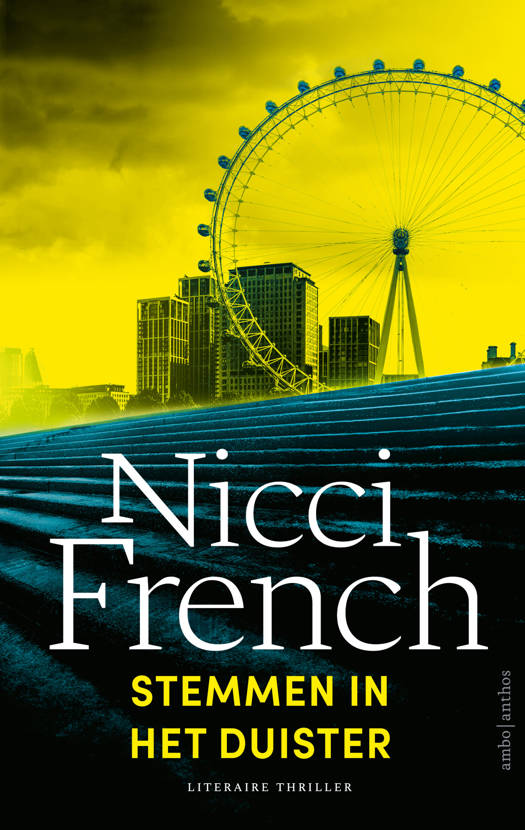Christopher Alexander's series of ground-breaking books including
A Pattern Language and
The Timeless Way of Building have pointed to fundamental truths of the way we build, revealing what gives life and beauty and true functionality to our buildings and towns. Now, in
The Nature of Order, Alexander explores the properties of life itself, highlighting a set of well-defined structures present in all order and in all life from micro-organisms and mountain ranges to good houses and vibrant communities.
The foundations of modern scientific thought are firmly rooted in a conception that the universe is a machinelike entity, a play of baubles, machines, trinkets. To this day, our real daily experience of ourselves has no clear place in science. It is little wonder that a machinelike world-view has supported the deadly architecture of the last century. This mechanistic thinking and the consequent investment-oriented tracts of houses, condominiums and offices have dehumanized our cities and our lives. How are spirit, soul, emotion, feeling to be introduced into a building, or a street, or a development project, in modern times?
The Luminous Ground, the fourth book of
The Nature of Order, contains what is perhaps the deepest revelation in the four-volume work. Here is a geometrical view of space and matter seamlessly connected to our own private, personal experience as sentient and knowing creatures. This is not merely an emotional appendix to the scientific theory of the other books. It is at the core of the entire work, and is rooted in the fact that our two sides our analytical thinking selves, and our vulnerable emotional personalities as human beings are coterminous. They must be harnessed at one and the same time if we are ever to really make sense of what is around us, and be able to create a living world.
Alexander breaks away completely from the one-sided mechanical model of buildings or neighbourhoods as mere assemblages of technically generated interchangeable parts. He shows us conclusively that a spiritual, emotional, and personal basis must underlie every act of building. His buildings and works of art demonstrate in detail what he means. And then, in the middle of the book, comes the linchpin of the work: a one-hundred page chapter on colour, which lavishly illustrates and dramatically conveys the way that consciousness and spirit can make their appearance in the world.
Altogether, present throughout this fourth and final book, is a new cosmology uniting matter and consciousness: consciousness inextricably joined to the substrate of matter, present in all matter, and providing all wholeness with its material, cognitive, and spiritual underpinnings. This view, though radical, conforms to our most ordinary daily intuitions. It may provide a path for those contemporary scientists who are beginning to see consciousness as the underpinning of all matter, and thus as a proper object of scientific study.
Taken as a whole, the four books create a sweeping new conception of the nature of things which is both objective and structural (hence part of science) and also personal (in that it shows how and why things have the power to touch the human heart). A step has been taken, through which these two domains the domain of geometrical structure and the feeling it creates kept separate during four centuries of scientific though from 1600 to 2000, have finally been united.
The Nature of Order constitutes the backbone of
Building Beauty: Ecologic Design Construction Process, an initiative aimed at radically reforming architecture education, with the emphasis of making as a way to access a transformative vision of the world. The 15 fundamental properties of life guide our work and have given us much more than a set of solutions.
The Nature of Order has given us the framework in which we can search and build up our own solutions.
In order to be authentically sustainable, buildings and places have to be cared for and loved over generations. Beautiful buildings and places are more likely to be loved, and they become more beautiful, and loved, through the attention given to them over time. Beauty is therefore, not a luxury, or an option, it includes and transcends technological innovation, and is a necessary requirement for a truly sustainable culture.















